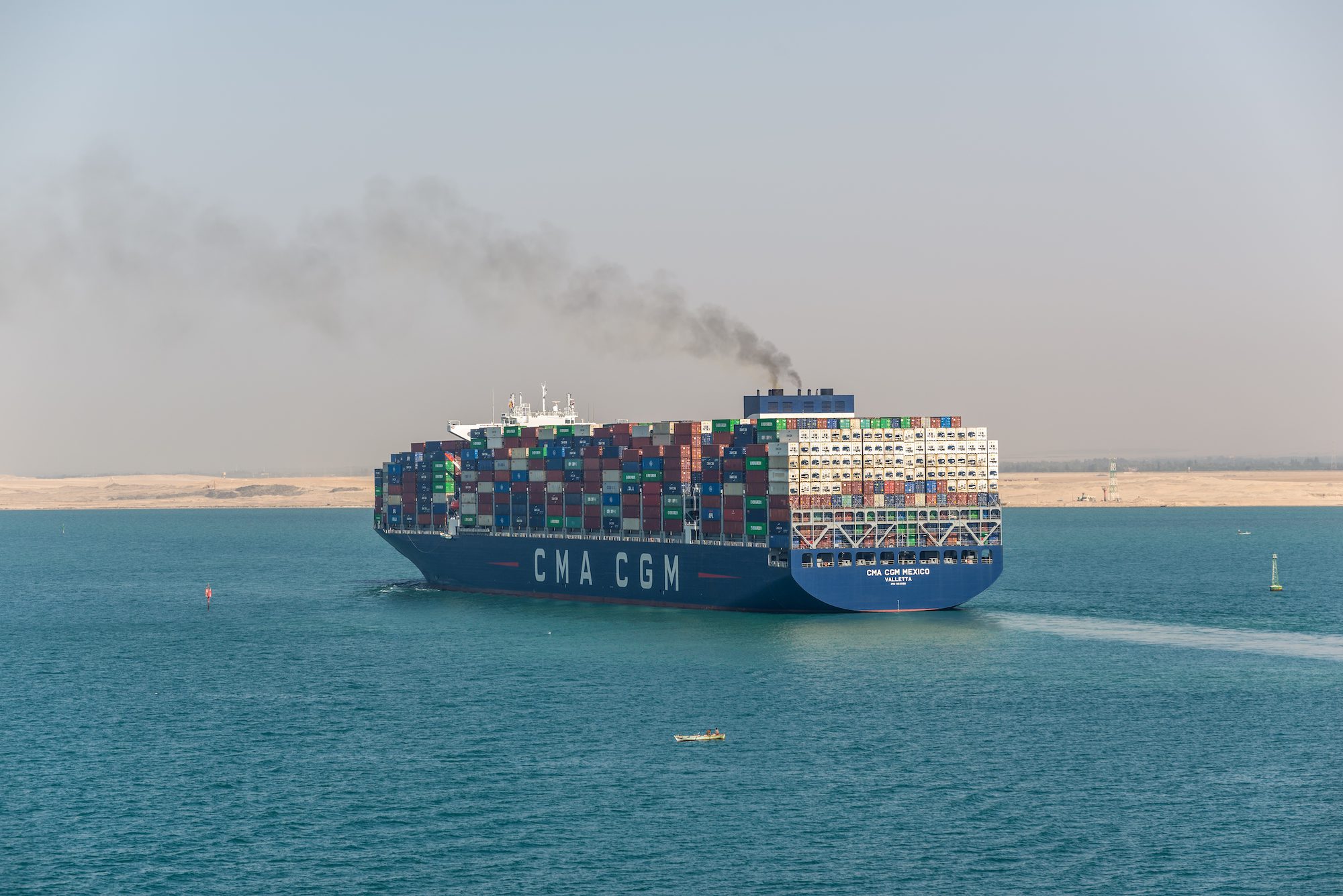
Just two weeks after the delivery of the first containership to surpass the 20,000 TEU mark, the record for the world’s largest containership has been broken yet again with the delivery of the Madrid Maersk to Danish shipping giant Maersk Line.
Maersk took delivery of the Madrid Maersk on Tuesday from South Korea’s Daewoo Shipbuilding & Marine Engineering. According to the maritime analyst Alphaliner, the Madrid Maersk has a capacity of 20,568 twenty-foot equivalent units (TEUs), making her the world’s largest ship by TEU carrying capacity.
The vessel is the first of Maersk’s 2nd generation Triple-E’s, known officially as the EEE Mark II. Maesrk ordered 11 of the vessels in 2015 for a rumored $1.8 billion.
Delivery of the remaining 10 Triple-E Mark II’s is expected to take place between now and the second quarter of 2018. The Madrid Maersk is reportedly measures 399 meters in length and has a beam of 58 meters.
Maersk Line made headlines in June 2013 when it took delivery of the first Triple-E, the Maersk Mc-Kinney Møller, which was the first Ultra-Large Container Vessel to surpass 18,000 TEUs. The company was delivered a total of 20 of the Triple-E vessels between 2013 and 2015 from DSME.
Delivery of the Madrid Maersk comes shortly on the heels of the 20,150 TEU MOL Triumph, delivered to Japanese container shipping company Mitsui O.S.K. Lines on March 28, 2017 by Samsung Heavy Industries in Geoje, South Korea. The MOL Triumph measures 400 meters in length and 58.8 meters in beam. It is the first of six 20,000 TEU-class ULCVs MOL ordered from SHI back in February 2015.
On Wednesday, AIS data showed the Madrid Maersk as “Underway Using Engine”. The ship is believed to be headed to Russia where it will take on fuel before entering service between Asia and Europe.
Maersk Line confirmed to gCaptain that it has in fact taken delivery of the first of their 2nd generation Triple-E vessels, the Madrid Maersk. The company said it would not comment further until the Madrid Maersk enters service in late April.
Maersk’s 2nd generation Triple-E’s were originally planned with a 19,630 teu capacity rating, but it’s believed that the design was later modified to accommodate a “notably higher capacity”, according to Alphaliner.
As the Loadstar pointed out in a November 2016 story, one principal difference from their 18,340 teu Triple-E predecessors is that the new ships sit deeper in the water, by 50 cm, to 16.5 meters, raising the deadweight to 206,000 tons, from the previous 194,500, and enabling an extra tier of containers to be stowed on deck from 11 to 12.

 Join The Club
Join The Club












